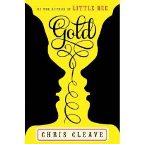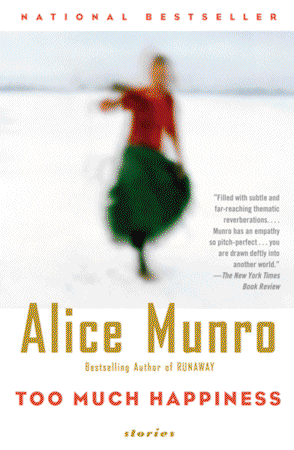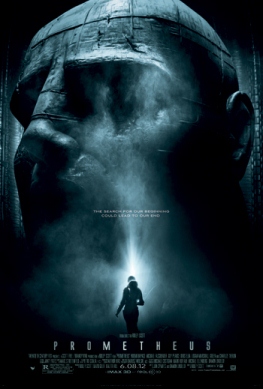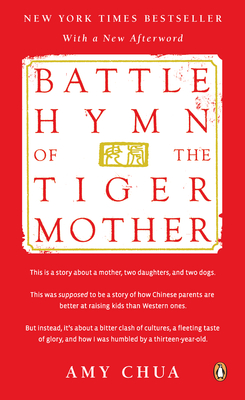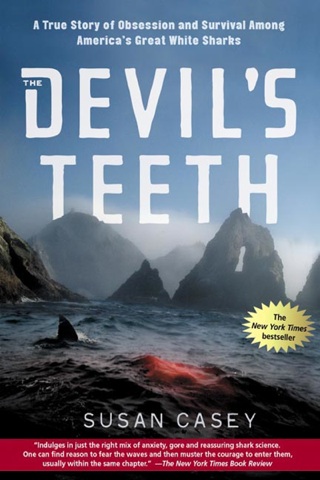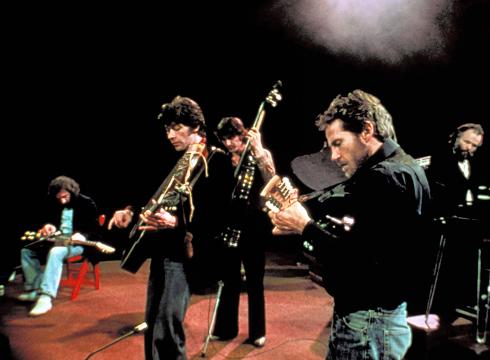
I recently found out about author Elizabeth Crane from an article by L.A. Times book critic Carolyn Kellogg. I hadn’t known her books before, which include three short story collections, but I thought I would try out her debut novel “We Only Know So Much,” which came out last month.
It’s about a family of two parents, two kids, a grandfather and a great-grandmother who all live under one roof in a small Midwestern college town. Each of the family members seems to have their own issues or preoccupations: the know-it-all father fears that he is losing his memory; the withdrawn mother is dealing with the loss of a secret lover; the difficult daughter is trying to get on reality TV; the sweet, 9-year-old son has his first girlfriend; the hazy grandfather is suffering from Parkinson’s disease; and the 98-year-old great-grandmother is fussy but loves attention.
It’s a problematic American family coming apart at the seams with an inability to communicate with one another. Each of them is going in different directions and is too caught up in their own worlds to really relate to each other. There seems to be a complete family disconnect at a critical juncture for each of them. Yet it’s a family crisis that they seem quite unaware of.
Despite this theme, “We Only Know So Much” is not really a dark novel. It’s more quirky and empathetic. The book alternates chapters among the family members so you get a gist of all of them. But some are more fleshed out and better than others; the grandfather and great-grandmother seem less realized, and I thought the bitchy daughter perhaps the most developed and enjoyable.
The novel has well-done moments, but I can’t say it was a novel for me. Despite the entertaining way Crane writes, I thought the first half of the novel pretty slow. The family members’ issues are introduced and then their problems are just gone over again. There’s little change or development or much that happens. Towards the end, a few of the strands in it thankfully pick up. But at times it seemed more a portrait of a family than a story where something actually develops or happens. I’m not sure I really liked the characters, but I made myself not quit on the book and came away with a quirky picture of a family rather run amuck.
For another perspective, some over at Goodreads liked it much better than I did. I guess it’s a matter of different strokes for different folks.


